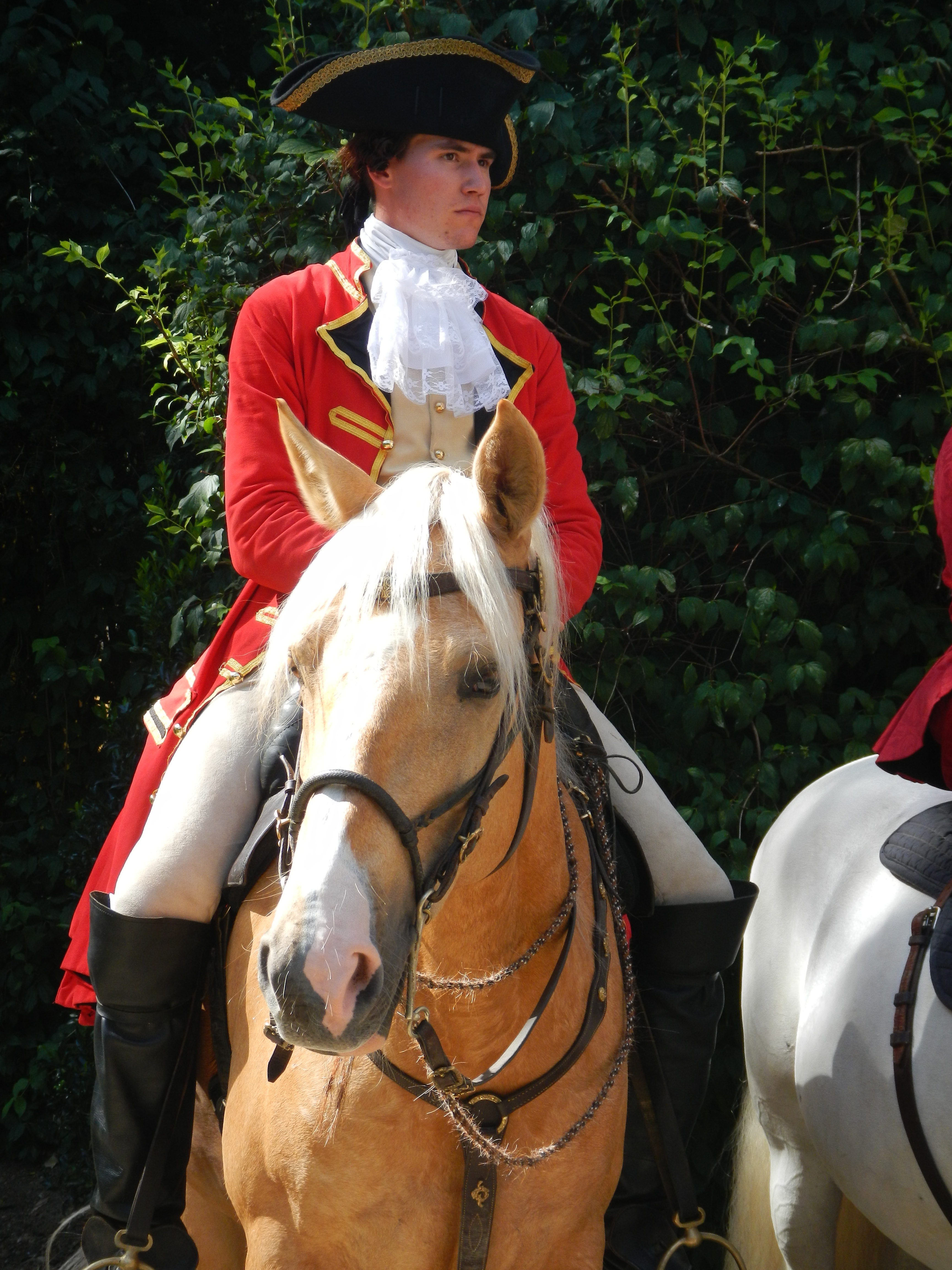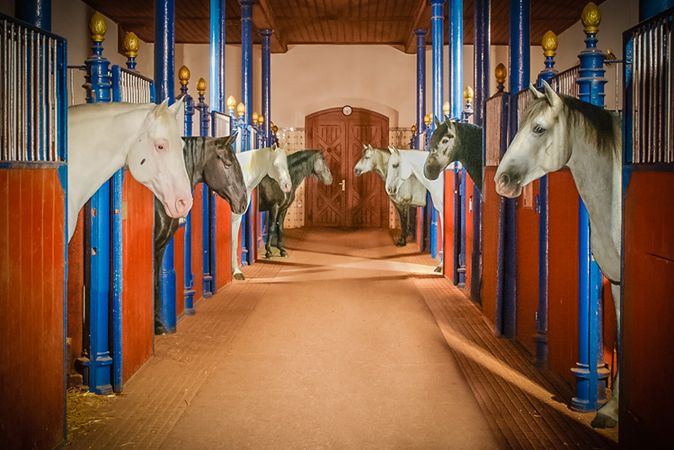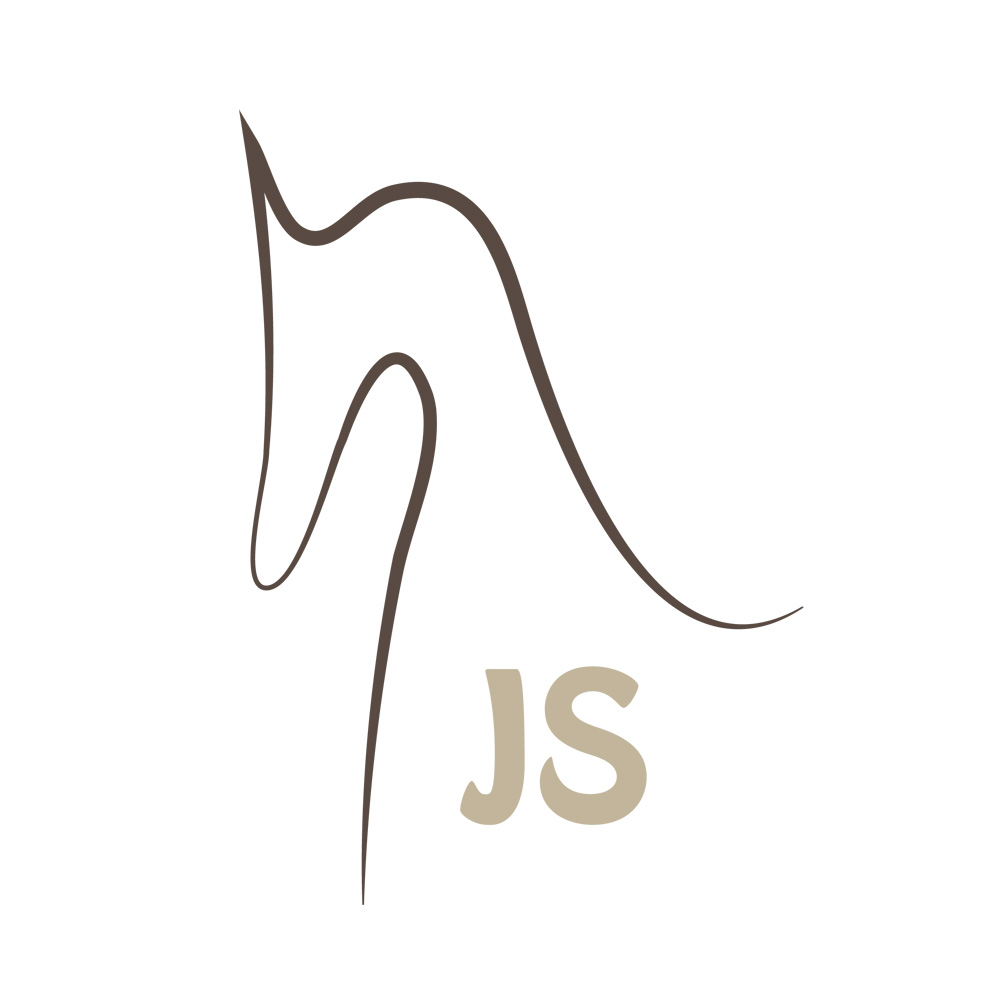
Initially I thought that the time taken for the 600km detour back to the middle of Germany may have been better spent elsewhere. Will this be another touristic production based on an economical want? Will they be just showing all the big moves? For a one hour show this is a big detour even in Australian travel terms.
It turned out to be the best horse presentation I have seen. Not because of the spectacular horses, not because of the authentic period costumes and not because of the riding. It was because of the way it was presented and the message that was emphasised.
The stable areas are not out of bounds to the public. Access is granted to all these areas while the stallions stand calmly in their large stalls being groomed, saddled and bridled. The grooms wait for the horses to come to them on their own terms. They wait until the horse is ready to put his head into the bridle. This may take some time but, no rush. When he is ready, he is ready.
When the horses are ready the riders come dressed in their authentic 18th century costumes and ask their mount to come out of the stable. There is no pulling of reins, no flicking of whips, they are asked and the horses walk out willingly. There is a clear connection between horse and rider.


Starting with several quotes from old masters such as Xenophon to set the tone, 3 beautiful horses enter the arena followed by Christin Krischle (director of the Hofreitschule) who welcomes everyone and starts the show.
The 3 horses and riders are introduced. Different breeds, different ages, different levels of riding ability, with the youngest horse being 7 which is considered to be a “green” horse. We’re informed that the average age of a German horse is only 7.
Christin explains about the Hofreitschule and its history and how there are only 5 Hofreitschule left in the world (Viena, Buckeburg, France, Spain and Portugal). Buckeburg has all 10 breeds of the classical horse that were used in the Hofreitschule.
While the history of the riding school is explained, with great amounts of passion and enthusiasm, the riders and horses are going through their training routine. Shoulder in, quarters in, half pass. What stands out is that the horses are allowed to make mistakes; it did not have to be perfect. If an aid is not understood, or if the aid was given incorrectly, that’s ok, let’s try again. The riders were relaxed so therefore so are the horses. The method of training is explained and it is like music to my ears.
Now my German is not that good, I understand it better than I speak, but I understood very well everything that is said. Christin has the ability to communicate to people on all levels; horse lovers and admirers, trainers and riders. I believe this because she speaks “heart to heart”.
She brings over such a big message and for those with some knowledge of horse training, they would have been able to hear the deeper meaning. I am convinced that even those that came just to admire the beautiful horses and have no knowledge of training, will take home some of what she believes in.
She touches on the modern dressage and its challenges and criticises in a constructive way. She explains where she believes things go wrong and backs this up with detailed explanations of the riding techniques they use at the Hofreitschule.
Christin explains about the importance of the connection with the horse. Understanding their different character, their feelings, their mood in that moment.
When the 3 horses leave the arena, a lone horse and rider enter. Riding side saddle is a woman in full authentic 18th century costume. The history of how women used to ride and an insight into the use of the crop, or an apple tree branch as what was traditionally used, is explained. Again, a relaxed horse and rider.
The demonstration finishes with the old art of Running at the Ring. A medieval age sport and training method derived from Quintain or Tilting at the Ring. Here it is very clear the difference in the level of training of the 3 horses. The young 7 year old did not work as much on his hind legs as the 22 year horse was able to do.
This was not just a horse show to show off big flashy moves. This was a demonstration with a big message to the horse industry.


One very interesting point was that during the 18th century, bit manufacture and fitting was an art form, a profession that took years to master. Bits were individually hand crafted for each horse and for the task at hand. Very different than from today!
If you are ever in the Buckeburg area in Germany, I highly recommend that you make time to experience this wonderful facility. Tours of the facility are also conducted in English.
Christin has written a book titled “Reiten mit gutem gewissen” (riding with a clear conscience) at present only available in German but the English translation will be out soon. I’m sure this will be an interesting and informative read.
